Battling Alzheimer’s with light and sound
Battling Alzheimer’s with light and sound
Keeping Aging Brains Healthy
Battling Alzheimer’s with light and sound
By understanding how brain function changes with age, we can develop therapies to improve brain health and eradicate diseases like Alzheimer’s.
The MIT Aging Brain Initiative is an interdisciplinary effort combining faculty expertise, knowledge, and technical resources from across the Institute to solve the mysteries of the aging brain. MIT scientists are opening doors to an entirely new direction of brain research, building new tools to address the challenges of brain aging, and creating a better future for millions. This is a global challenge. Dementias of aging now claim 46 million people worldwide, with the numbers poised to double every 20 years. The annual cost – now estimated at $604 billion – is growing faster than the number of sufferers. In the United States alone, care for Alzheimer's patients is estimated to total $1.1 trillion by 2050.
Our scientific community thrives at the intersections of biology, cognitive science, systems neuroscience, cellular and molecular neuroscience, and computation. Through our research initiatives, we strive to deeply understand human cognitive functions such as vision, audition, speech, movement, attention, learning and memory--and to keep our brains healthy as we age.
Highlights
On the Same Wavelength
On the Same Wavelength
Retraining brainwaves with flickers to reverse damage. MIT scientists investigate ways to reverse the affects of Alzheimer's and other diseases of the aging brain. Directed by Sarah Klein & Tom Mason of Redglass Pictures for the MIT School of Science. 2020.
Your browser does not support video embeds, please follow the link below to watch the video.
https://www.youtube.com/embed/_vmUZZjN-WI?feature=oembed&controls=1&hd=1&autohide=1&showinfo=0&modestbranding=1&rel=0&color=whiteDeep Brain Therapy
Tiny magnetic discs offer remote brain stimulation without transgenes
Deep Brain Therapy
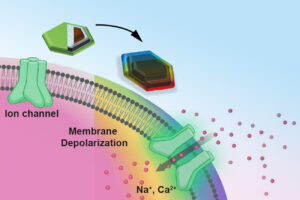
Novel magnetic nanodiscs could provide a much less invasive way of stimulating parts of the brain, paving the way for stimulation therapies without implants or genetic modification. The magnetic core of the nanodisc is magnetostrictive, which means it changes shape when magnetized. In the illustration, the rainbow nanodisc on the right is changing shape, allowing for the pink brain neuron to be stimulated. Scientists, including senior author Polina Anikeeva, a professor in MIT’s departments of Materials Science and Engineering and Brain and Cognitive Sciences, envision that the tiny discs, which are about 250 nanometers across (about 1/500 the width of a human hair), would be injected directly into the desired location in the brain. From there, they could be activated at any time simply by applying a magnetic field outside the body.
Memory organization
Memory organization
“Event” Cells in the Brain Help Organize Memory into Meaningful Segments
More often memory segments what we experience into a string of discrete, connected events. A new study by neuroscientist Susumu Tonegawa of the Massachusetts Institute of Technology and his colleagues claims to have discovered the neural processing that makes this organization of memory into discrete units possible. The work has implications for understanding how humans generalize knowledge, and it could aid efforts to develop AI systems that learn faster.
GENUS: Research to determine whether sensory stimulation can combat Alzheimer's disease
GENUS: Research to determine whether sensory stimulation can combat Alzheimer's disease
MIT neuroscientists in the lab of Professor Li-Huei Tsai at The Picower Institute for Learning and Memory are studying whether sensory stimulation -- light and/or sound -- can reduce Alzheimer's disease pathology and improve memory by increasing the power of gamma rhythms in the brain. Two papers in 2019 reported encouraging results in multiple mouse models of the disease. Research is getting underway with human volunteers.
Your browser does not support video embeds, please follow the link below to watch the video.
https://www.youtube.com/embed/2W4ZdXOSXiI?feature=oembed&controls=1&hd=1&autohide=1&showinfo=0&modestbranding=1&rel=0&color=whiteNon-Invasive Treatment
Non-Invasive Treatment
An Hour of Light and Sound a Day Might Keep Alzheimer’s at Bay
"This is the first time we’ve seen that this noninvasive stimulation can improve cognitive function. It’s not a drug or an antibody or anything, it’s just light and sound.”
Brain mapping
A comprehensive map of how Alzheimer’s affects the brain
Brain mapping
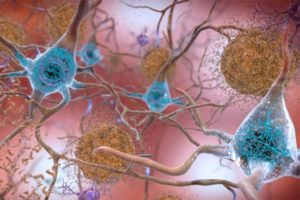
“We wanted to know if we could distinguish whether each cell type has differential gene expression patterns between healthy and diseased brain tissue,” said Li-Huei Tsai, director of MIT’s Picower Institute for Learning and Memory. “This is the power of single-cell-level analysis: You have the resolution to really see the differences among all the different cell types in the brain.” The most surprising finding, the researchers say, was the discovery of a dramatic difference between brain cells from male and female Alzheimer’s patients.
APOE4 gene and higher risk
Neuroscientists discover roles of gene linked to Alzheimer’s
APOE4 gene and higher risk
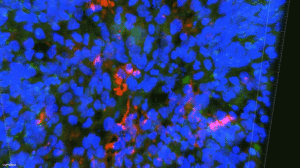
APOE4 is three times more common among Alzheimer’s patients than it is among the general population, which has the common form of the gene, APOE3. Researchers found that APOE4 promotes the accumulation of the beta amyloid proteins that cause the characteristic plaques seen in the brains of Alzheimer’s patients. The researchers also found that they could eliminate the signs of Alzheimer’s in brain cells with APOE4 by editing the gene with CRISPR to turn it into the APOE3 variant.
Mouse Disco
Mouse Disco
How light and noise might banish Alzheimer’s, improve memory, and more
A growing body of evidence, including Aging Brain Director Li-Huei Tsai’s findings, hint at a meaningful connection between modulating brainwaves and affecting neurological disorders such as Alzheimer’s and Parkinson’s diseases. The work offers the possibility of forestalling or even reversing the damage caused by such conditions without using a drug.
Memory Formation Theory
Revising models of memory formation
Memory Formation Theory
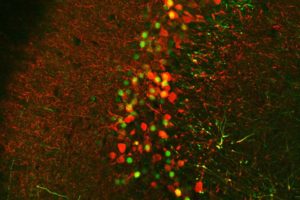
In a study of mice with symptoms that mimic early Alzheimer’s disease, researchers found that while the mice had trouble recalling memories, those memories still existed and could be optogenetically retrieved for up to eight days. This study suggests that re-activating certain synapses could help restore some memory recall function in patients with early stage Alzheimer’s disease.
High-resolution imaging
Mapping brain circuits
High-resolution imaging
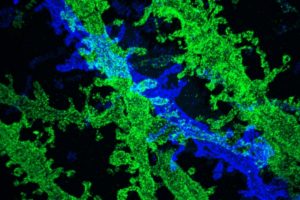
MIT researchers have developed a way to make extremely high-resolution images of tissue samples, at a fraction of the cost of other techniques that offer similar resolution. The resolution allows scientists to see the proteins that cluster together in complex patterns at brain synapses, helping neurons to communicate with each other.
An Effective Treatment for Alzheimer's?
Restoring Brain Function
An Effective Treatment for Alzheimer's?
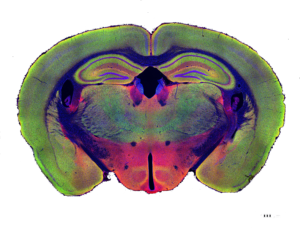
With 40-hertz light therapy, Alzheimer’s patients may one day be able to treat themselves—perhaps wearing a special headset that emits the flickering light. Here, we see a slice of a mouse brain exposed to light therapy causing a reversal of severe neurodegeneration.
The Team
-
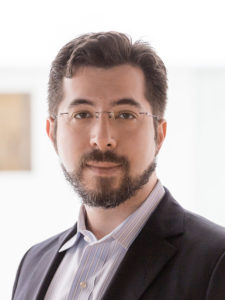
Edward Boyden
Professor
-
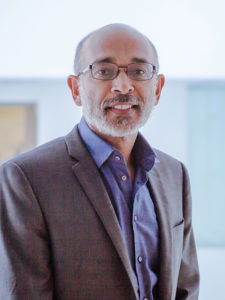
Emery Brown
Associate Professor
-
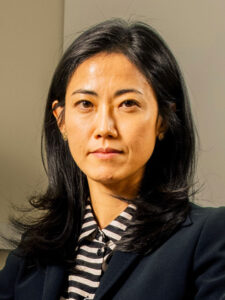
Gloria Choi
Professor
-
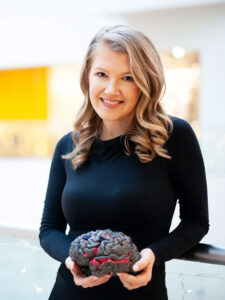
Evelina Fedorenko
Professor
-
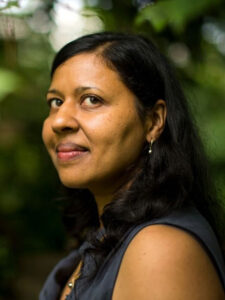
Ila Fiete
Director, K. Lisa Yang Integrative Computational Neuroscience
-
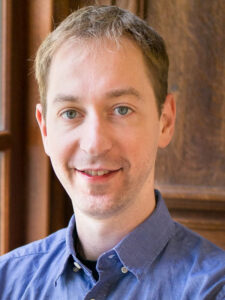
Steven Flavell
Professor
-
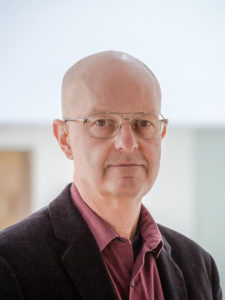
Leonard Guarente
Professor
-
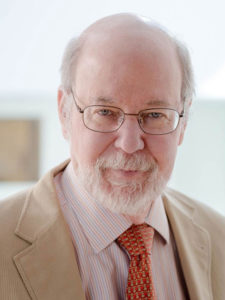
H. Robert Horvitz
Professor
-
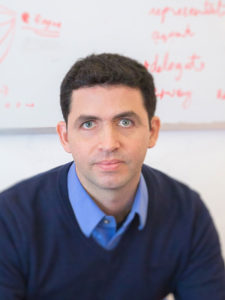
Manolis Kellis
Professor
-
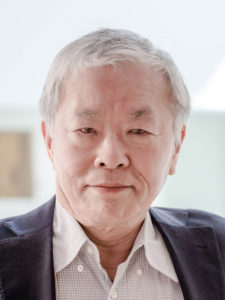
Susumu Tonegawa
Professor
-
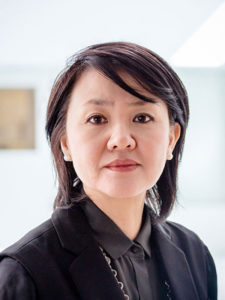
Li-Huei Tsai
Director, Aging Brain Initiative
-
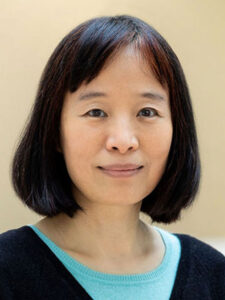
Fan Wang
Co-Director, K. Lisa Yang and Hock E. Tan Center for Molecular Therapeutics
News
-
In kids, EEG monitoring of consciousness safely reduces anesthetic use
-
Evidence that 40Hz gamma stimulation promotes brain health is expanding
March 14, 2025
-
Study suggests new molecular strategy for treating fragile X syndrome
March 4, 2025
-
New autism research projects represent a broad range of approaches to achieving a shared goal
December 18, 2024
-
Harnessing the power of placebo for pain relief
September 10, 2024
-
40 Hz vibrations reduce Alzheimer’s pathology, symptoms in mouse models
June 5, 2023
To make a gift to the Aging Brain Initiative, please contact Asha Bhakar or Jennifer Rosales.